from 0 review
6 Days
Daily Tour
7 people
English, Espanol

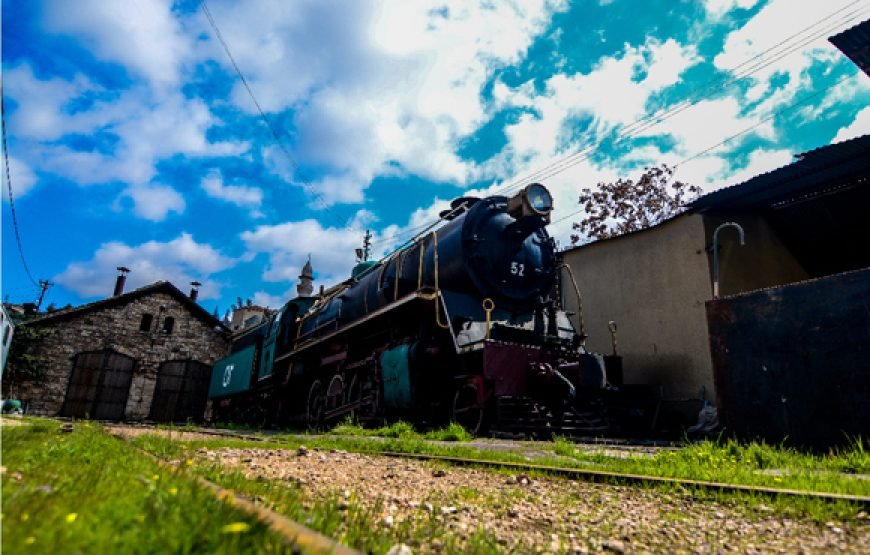


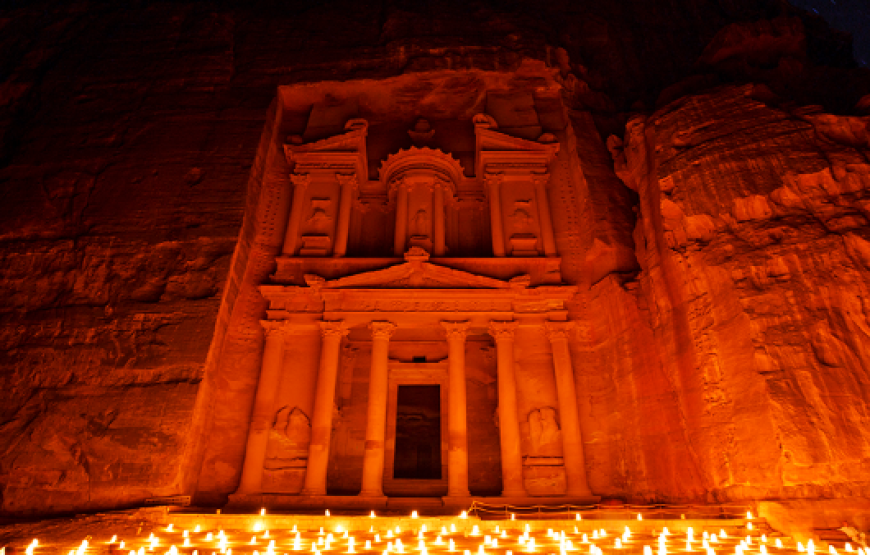
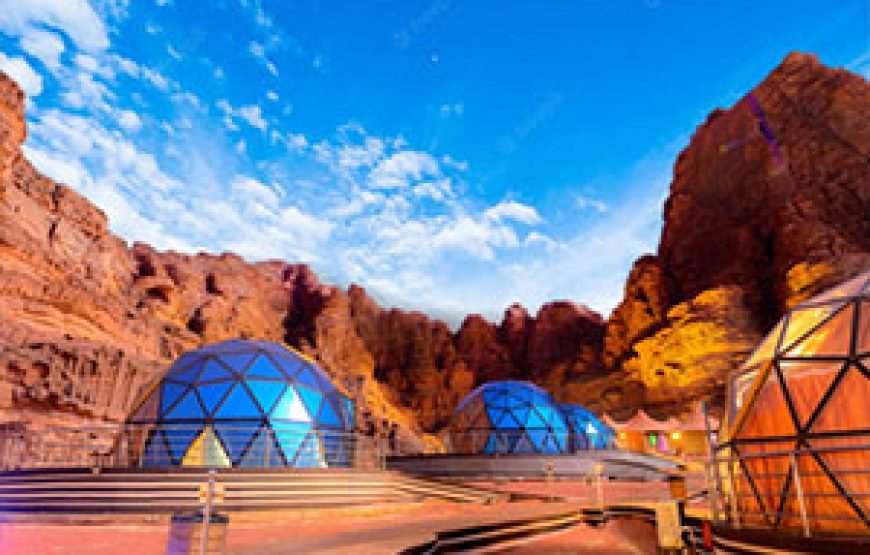
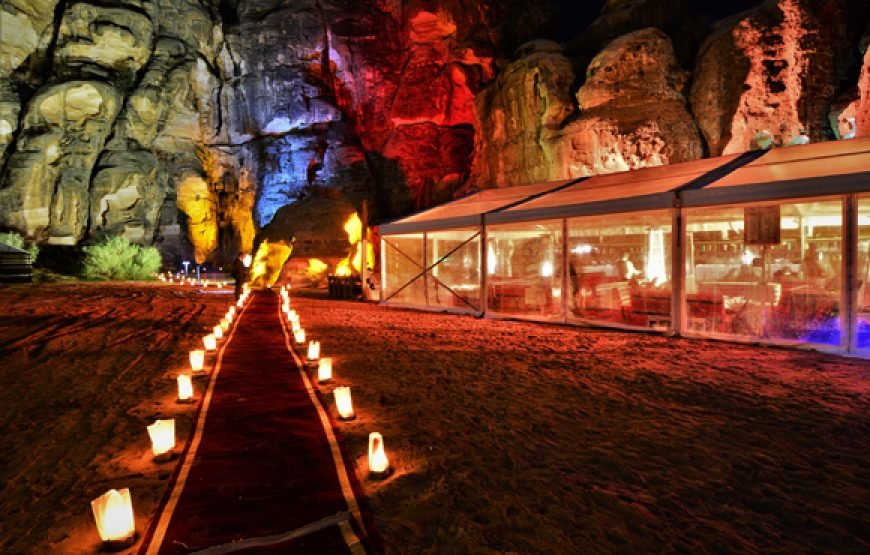

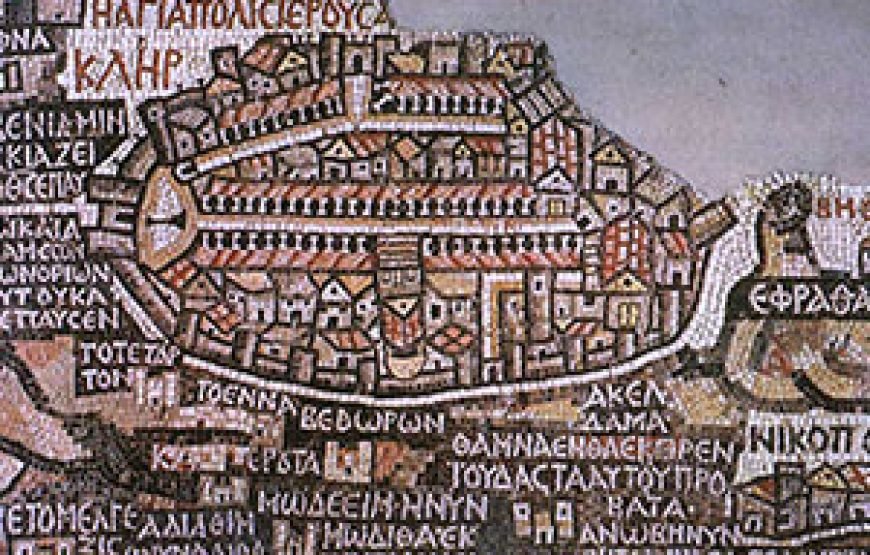
Jordan has been blessed with a unique cultural and natural heritage that spans millennia, hence your Jordan tour can be an eye-opener in more ways than one. Structured in the right way, tailor-made tours of Jordan Visit can be mesmerizing experiences. As a company that has been organizing Jordan tours and holidays spanning three decade, we have the experience to offer our clients the best product and value, with itineraries that are led by expert tourist guides. It is no surprise that our clients often go home after their Jordan tours filled with enthusiasm for the destination.
Amman Citadel This historic site comprises a 1700 meter wall that dates back to the Bronze Age, the iconic Temple of Hercules, and the Umayyad Palace. With so many significant landmarks located one site, the Amman Citadel is arguably one of the best places to visit in Amman.
Roman amphitheater is a 6,000-seat, 2nd-century Roman theatre. A famous landmark in the Jordanian capital, it dates back to the Roman period when the city was known as Philadelphia. The theatre and the nearby Odeon are flanking the new Hashemite Plaza from the south and the east respectively, while the Roman Nymphaeum is just a short stroll away in north-westerly direction.
Jerash The earliest evidence of settlement in Jerash is in a Neolithic site known as Tal Abu Sowan, where rare human remains dating to around 7500 BC were uncovered. Jerash flourished during the Greek, Hellenistic, Roman, and Byzantine periods until the mid-eighth century CE, when the 749 Galilee earthquake destroyed large parts of it, while subsequent earthquakes contributed to additional destruction. However, in the year 1120, Zahir ad-Din Toghtekin, atabeg of Damascus ordered a garrison of forty men to build up a fort in an unknown site of the ruins of the ancient city, likely the highest spot of the city walls in the north-eastern hills. It was captured in 1121 by Baldwin II, King of Jerusalem, and utterly destroyed. Then, the Crusaders immediately abandoned Jerash and withdrew to Sakib (Seecip); the eastern border of the settlement., Jerash was then deserted until it reappeared in the historical record at the beginning of Ottoman rule in the area during the early 16th century.
Ajloun The marvels of nature and the genius of medieval Arab military architecture have given northern Jordan two of the most important ecological and historical attractions in the Middle East: the sprawling pine forests of the Ajloun-Dibbine area, and the towering Ayyubid castle at Ajloun, which helped to defeat the Crusaders eight centuries ago. Locals often take advantage of the green landscapes of Ajloun to take a break from city life and connect with nature.
Dead Sea we have all heard of this renowned salt lake, its natural beauty, and healing qualities. The Dead Sea is a fabulous holiday destination and Jordan is the perfect setting for those who wish to experience the qualities of the lake in peace and quiet. At 423 meters below sea level, the Dead Sea is officially the lowest place on earth making it an even more fascinating destination to visit. Also known as the Salt Sea, the Dead Sea is an ideal location for rest and relaxation with biking and hiking aplenty. A holiday to the Dead Sea provides an idyllic alternative to the bustling cities, with plenty of things to do for those who seek a little adventure.
Madaba-St George’s Greek Church This rather modest 19th-century Greek Orthodox church houses a treasure of early Christianity. Imagine the excitement in 1884 when Christian builders came across the remnants of a Byzantine church on their construction site. Among the rubble, having survived willful destruction, fire and neglect, the flooring they discovered wasn’t just another mosaic but one with extraordinary significance: to this day, it represents the oldest map of Palestine in existence and provides many historical insights into the region.
Mount Nebo is the highest point in this part of the ancient kingdom of Moab. On a clear day, there is a magnificent panoramic view over the Dead Sea and the Jordan Valley to the hills on the other side of the rift, with the towers of Jerusalem visible on the skyline.
Wadi Mujib Biosphere Reserve is the lowest nature reserve in the world, with a spectacular array of scenery near the east coast of the Dead Sea. The Reserve is located within the deep Wadi Mujib gorge, which enters the Dead Sea at 410m below sea level. The Reserve extends to the Karak and Madaba mountains to the north and south, reaching 900 meters above sea level in some places. This 1,300m variation in elevation, combined with the valley’s year- round water flow from seven tributaries, means that Wadi Mujib enjoys a magnificent bio-diversity that is still being explored and documented today. Over 300 species of plants, 10 species of carnivores and numerous species of permanent and migratory birds have been recorded. Some of the remote mountain and valley areas are difficult to reach, and thus offer safe havens for rare species of cats, goats and other mountain animals. Mujib’s sandstone cliffs are an ideal habitat for one of the most beautiful mountain goats in the world, the horned Ibex.
Kerak Castle is a dark maze of stone-vaulted halls and endless passageways. The best preserved are underground and can be reached via a massive door (ask at the ticket desk). More imposing than beautiful, the castle is nevertheless an impressive insight into the architectural military genius of the Crusaders, With some care, you can walk along the crenellated top of the West Front wall and admire the sweeping view. On clear days, you can look across the Dead Sea and see all the way to the Mount of Olives bordering Jerusalem.
Dana is Jordan’s largest nature reserve, covering some 320 square kilometers of spectacular mountains and Wadis along the face of the Great Rift Valley. From scorching sand dunes in the west to cool mountaintops in the east, the Dana Biosphere Reserve is home to a great variety of wildlife. There are plants and animals characteristic of true desert, of Mediterranean forests and of the dry plains of Russia. In fact, Dana is really a melting pot of species from three continents: Europe, Africa and Asia. Such a combination of natural communities in a single area is unique in Jordan and many of Dana’s animals and plants are very rare. So far, a total of 700 plant species, 190 bird species, 37 mammal species and 36 reptile species have been recorded in the Reserve, of which 25 are known to be endangered, including the Sand Cat, the Syrian Wolf, the Lesser Kestrel and the Spiny Tailed Lizard. Without special care, some of these could disappear from Earth forever, which makes the Dana Biosphere Reserve a place of global importance.
Petra The ancient city of Petra is one of Jordan’s national treasures and by far its best known tourist attraction. Petra is the legacy of the Nabataeans, an industrious Arab people who settled in southern Jordan more than 2,000 years ago. Admired then for its refined culture, massive architecture and ingenious complex of dams and water channels, Petra is a UNESCO World Heritages Site and one of the new Seven Wonders of the World. Inhabited by the Nabateans, Edomites and Romans, Petra brought together the knowledge and skill of these civilizations to create this world wonder. Caravans laden with incense, silks, spices and other exotic goods would rest at Petra.
Wadi Rum known as Valley of the Moon, Wadi Rum is the largest – and most magnificent – of Jordan’s desert landscapes and has been virtually untouched by humans. A maze of monolithic rock formations rises from the desert floor to heights of 1,750 meters (5,740 feet), creating a natural challenge for serious mountaineers. However, Wadi Rum may be best known for its connection with British officer T. E. Lawrence, who passed through several times during the Arab Revolt of 1917–18. In the 1980s one of the rock formations in Wadi Rum was named “The Seven Pillars of Wisdom” after Lawrence’s book penned in the aftermath of the war, although the ‘Seven Pillars’ referred to in the book have no connection with Rum. Enjoy a Champagne toast at Sunset.
Aqaba-Red Sea Situated on the southern tip of Jordan, approximately 4 hours from the capital of Amman, Aqaba is a beach town with Jordanian appeal. Equipped with the local watering holes, to water sports, and a historical flair for those looking to revisit the past Aqaba is a delightful complement to the metropolitan appeal of Amman.
Note: Hotels and Camps bookings are not included (Best prices will be given upon your request per person or group)
We are happy to assist you…
| # | Discount group | From adult | To adult | Value |
|---|---|---|---|---|
| 1 | Car 2 Pax | 2 | 2 | 50 |
| 2 | Car 3 Pax | 3 | 3 | 66.666 |
| 3 | Mini Van 4 Pax | 4 | 4 | 66.460 |
| 4 | Mini Van 5 Pax | 5 | 5 | 73.168 |
| 5 | Mini Van 6 Pax | 6 | 6 | 77.640 |
| 6 | Mini Van 7 Pax | 7 | 7 | 80.834 |
Amman City tour for 1 & half an hour, visiting Amman citadel, Roman theater.
09:30 AM Driving toward north of Jordan, Jerash & Ajloun.

Arriving Jerash & having a site tour of Jerash Roman city for 2 hours
01:00 PM Driving toward Ajloun
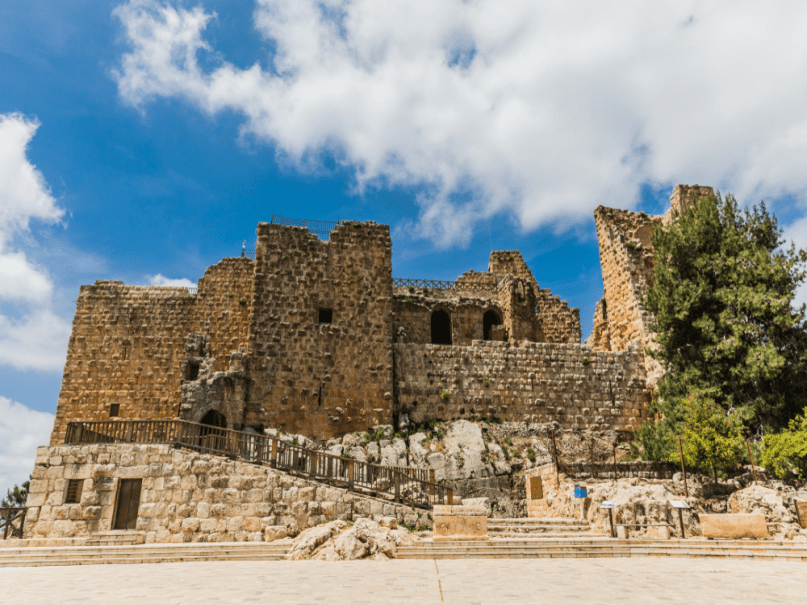
Arriving to Ajloun castle & having a castle site tour for 1 hour
02:30 PM driving toward Dead Sea through Jordan Valley road
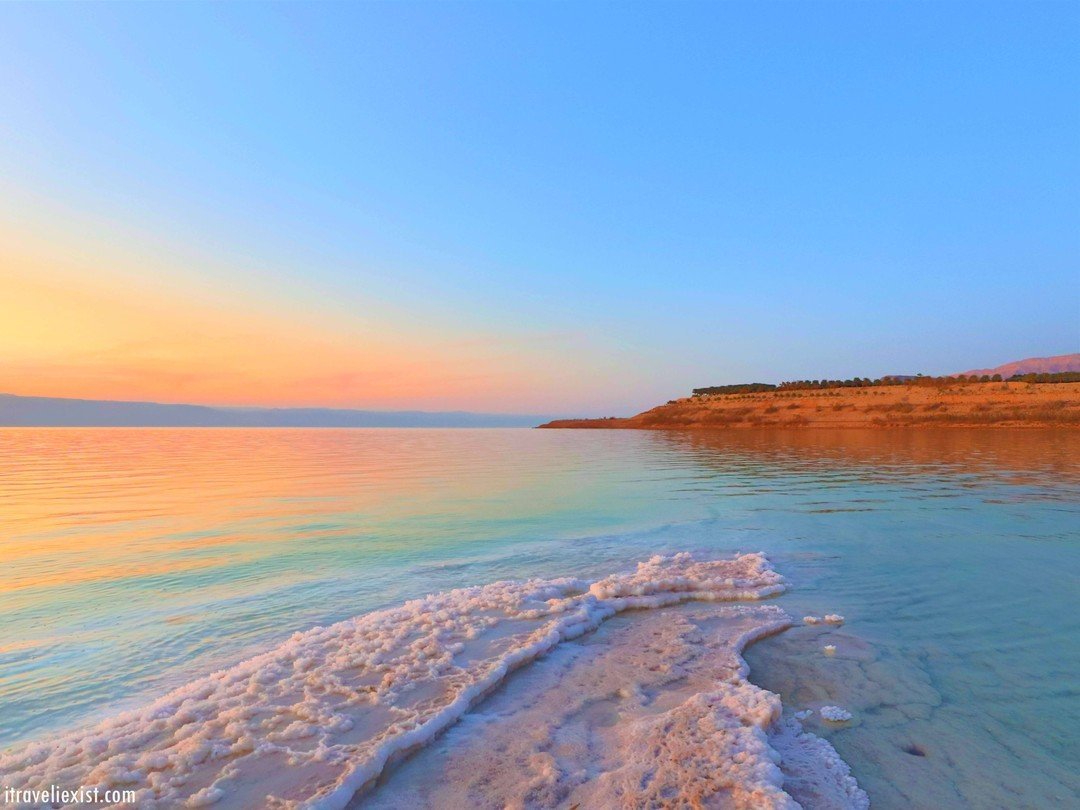
Arriving the Dead Sea & Hotel check in.
Overnight stay
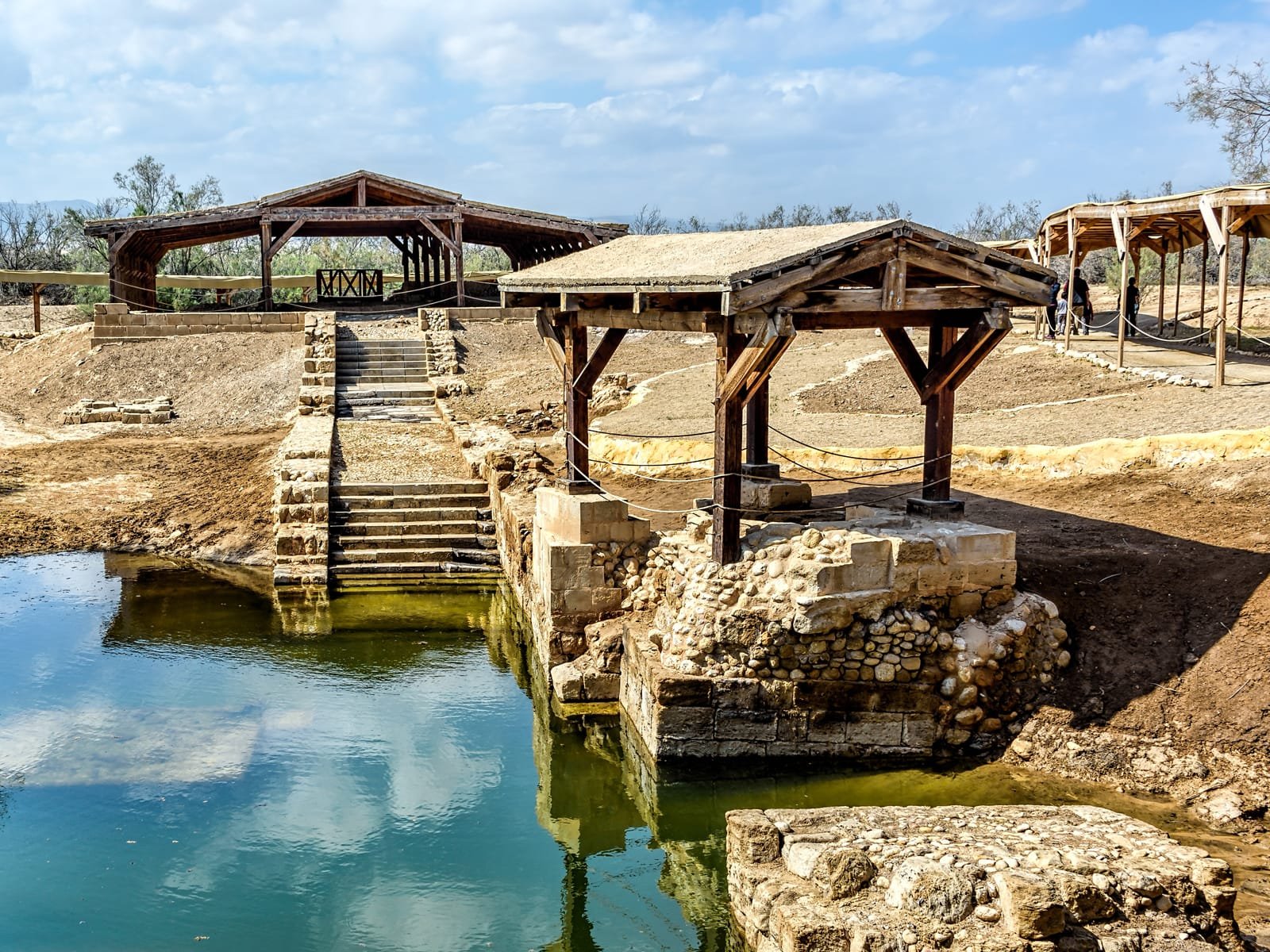
Heading to Baptism site (Bethany)
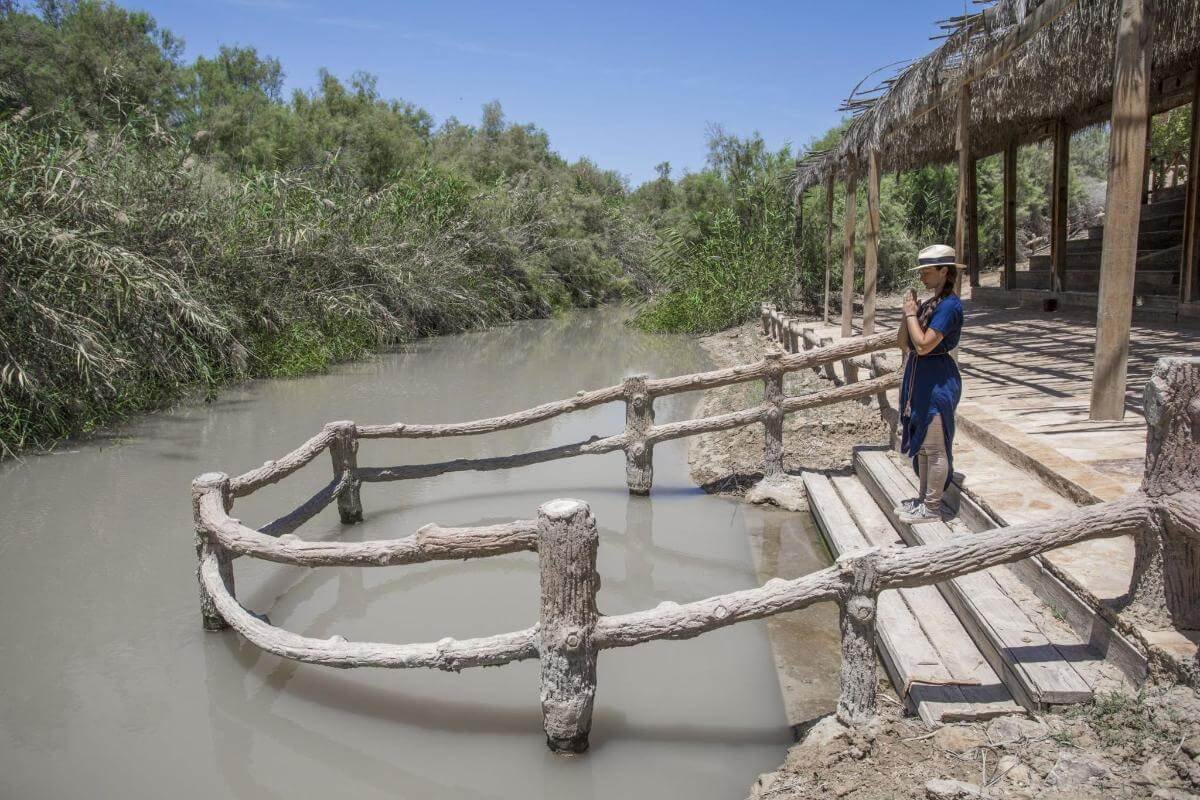
Arriving Baptism site & enjoying a site tour for 2 hours.
11:30 AM Moving toward Madaba

Arriving Mount Nebo & enjoying a site tour for 45 minutes
01:00 PM moving toward St. George church.
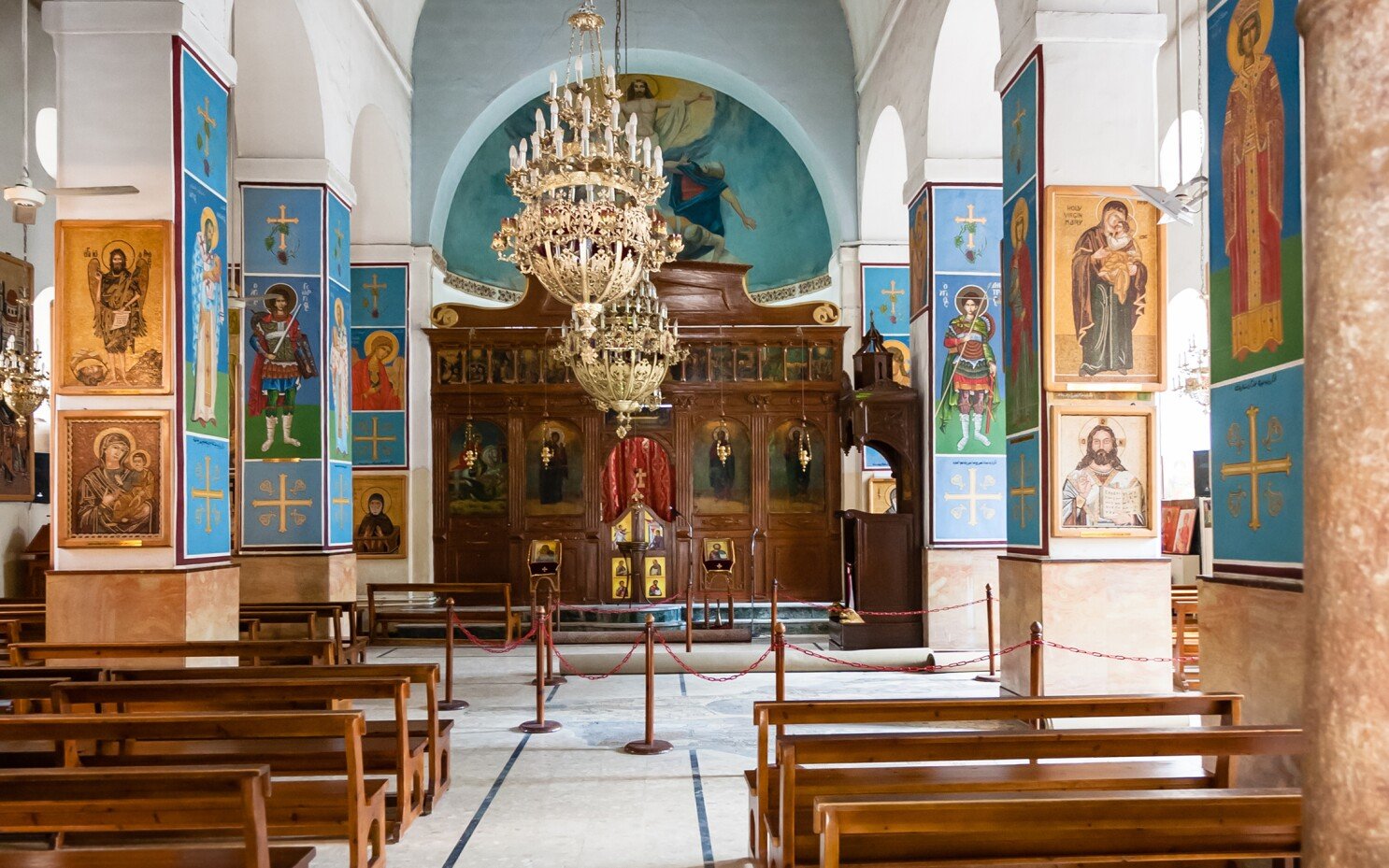
Arriving St. George church & having a 15 minutes tour
02:00 PM Back to Dead Sea

Driving toward Al Mujeb Reserve

Arriving Al Mujeb Reserve & enjoying adventure tour for 2 hours
11:00 AM Driving to Kerak castle
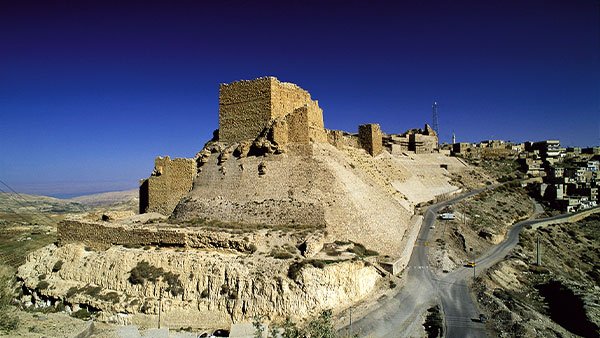
Arriving Kerak Castle & having a site tour for 1 hour
01:30 PM Driving to Dana reserve through Kings road
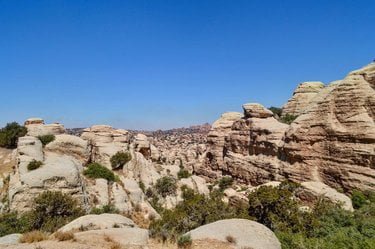
Arriving Dana reserve & enjoying a guided hiking and climbing in the reserve
Overnight stay at a hotel in the reserve

Driving toward little Petra
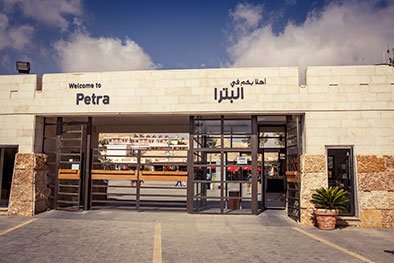
Arriving Petra city and starting a Petra site tour from the little Petra for 6 hours
03:00 PM Departure from Petra site through the visitor center and continue toward Wadi Rum

Arriving Wadi Rum & Watching the sunset.
Having a Bedouin dinner (Zarb)
Overnight stay at a camp in Wadi Rum.

Start a Jeep tour for 2 hours
10:00 AM Driving toward Aqaba city
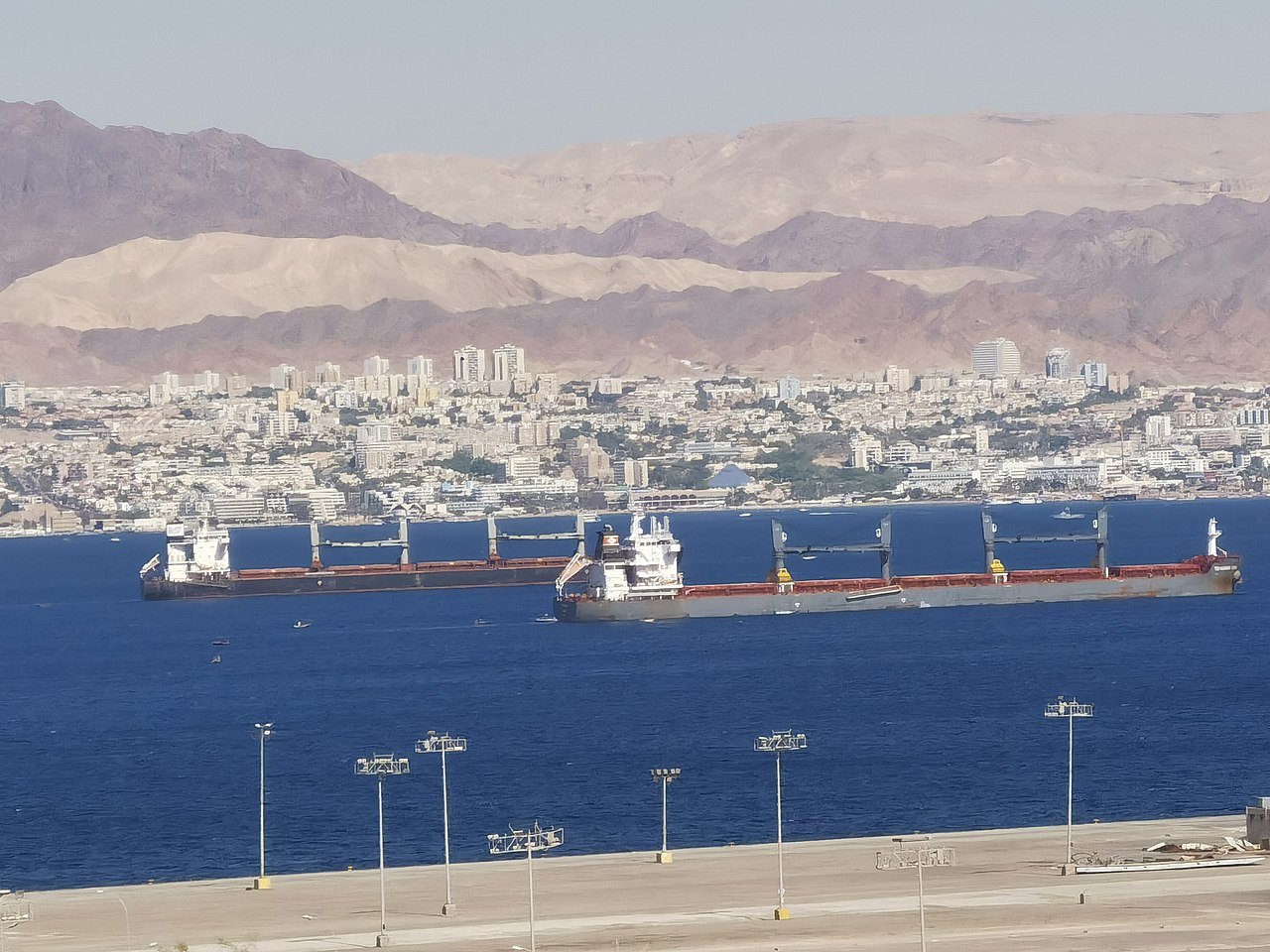
Arriving Aqaba city & having a city tour for 1 hour
12:00 PM Hotel check in & enjoy Read Sea water sports activity
Overnight stay

Hotel check out & driving toward Amman city or airport

Arriving Amman or airport
Leave a reply